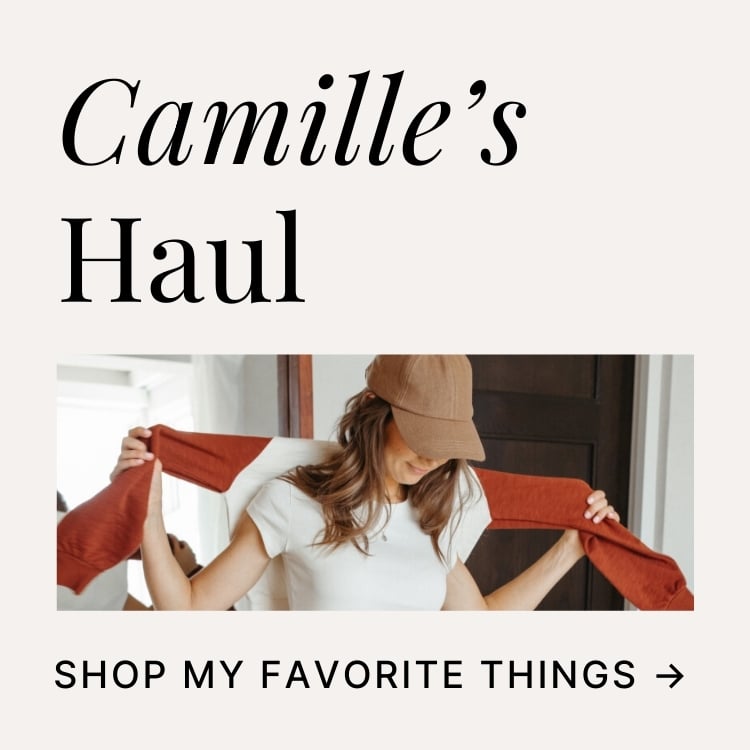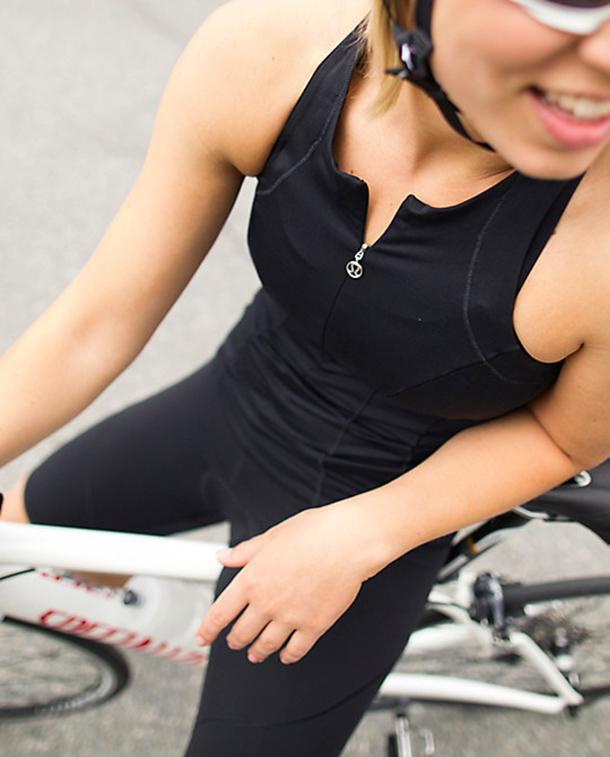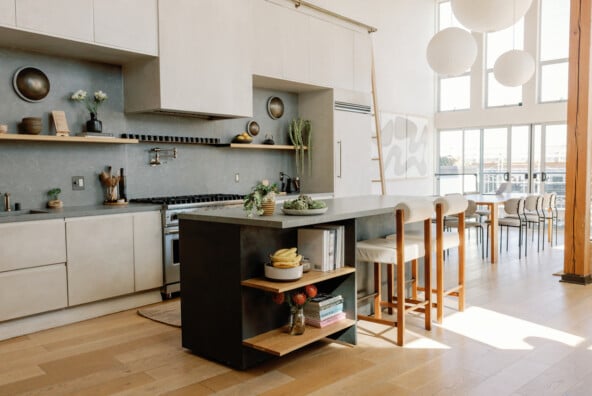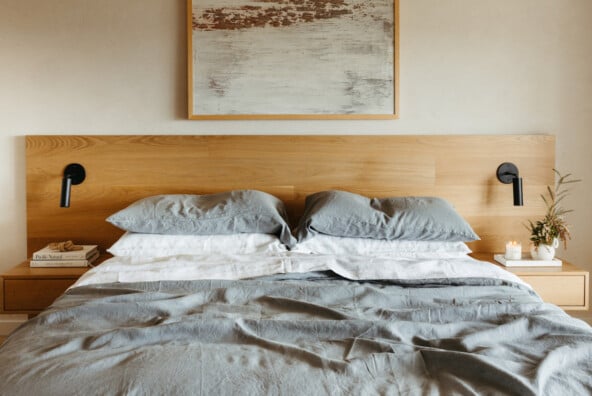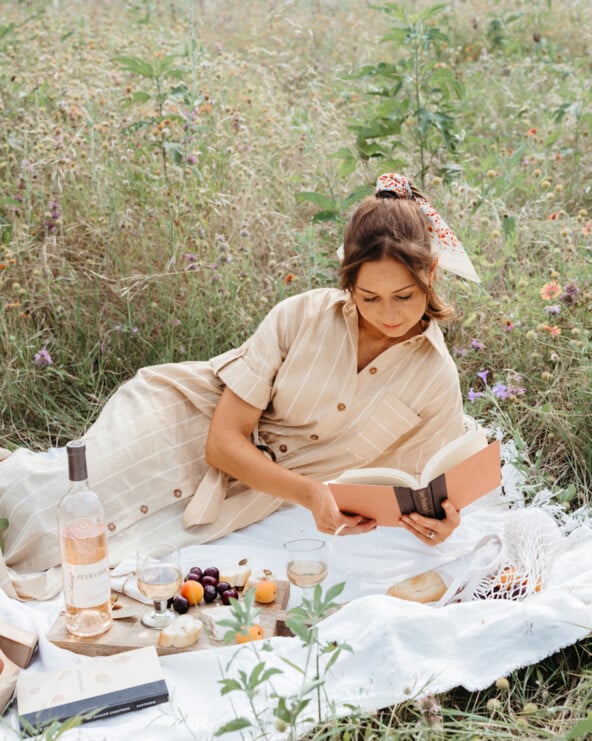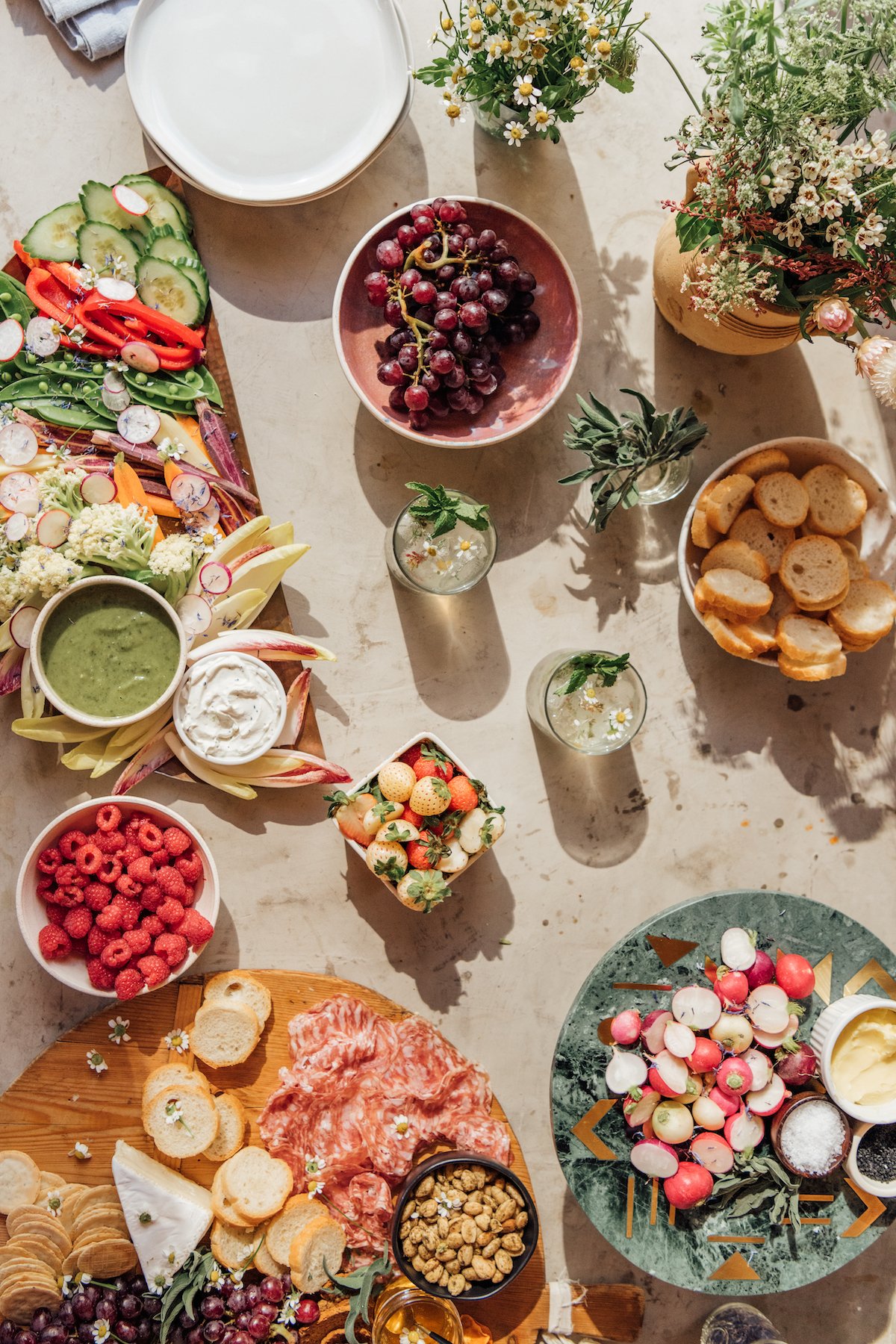When I moved to Austin almost 4 years ago, one thing was very clear: this city has a strong cycling community. Cycling wasn’t prevalent in the small Nebraska town that I grew up in, but after my Dad raced his first biathlon in the 90’s and a family member rode RAGBRAI (a seven-day bike ride across Iowa) several times, my curiosity about road bikes was piqued. While I got a small taste of biking through indoor cycling classes, it wasn’t until my friend Payton asked me to join her BP MS 150 team that I became seriously excited to ride an actual bicycle again. I had heard a lot about the 180-mile fundraising ride from Houston to Austin and thought it would be a great way to get my feet wet while supporting a great cause.
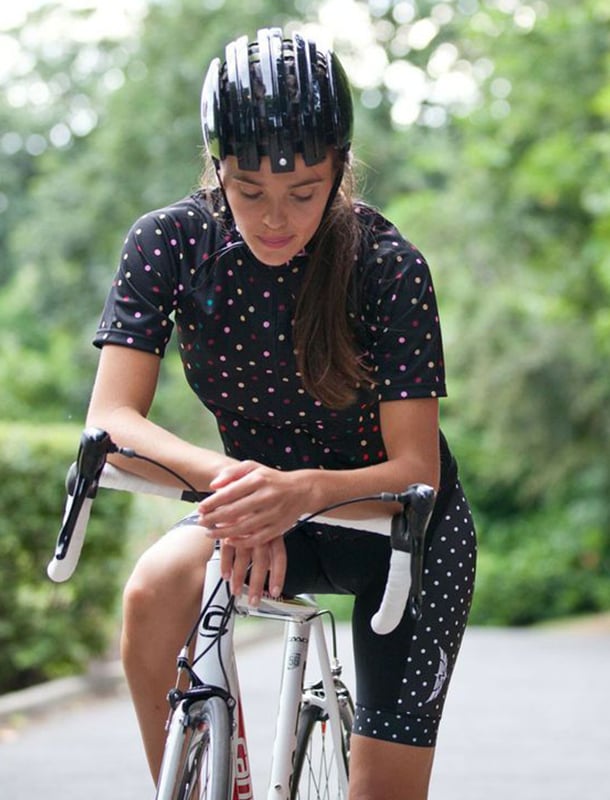
There was just one problem: I’d never even been on a road bike and didn’t know where to begin. I turned to a few cycling friends for help, and the one piece of advice that remained consistent: go into your local bike shop, test ride some bikes and find what works for you.
With a little help from Todd Musick, Sales Associate and Road Captain for Bicycle Sports Shop, my beginner bike purcashing and riding fears were put to rest. He walked me through the entire process, while educating me about bikes, brands, components and functions, keeping in mind my budget, riding history and goals. I test road a few bikes he suggested and immediately fell in love with one. Everything was perfect — the style, comfort, smooth shifting and overall feel. But because it was one of the first bikes I rode, I wanted to do more research and test riding. Three bike shops and four test rides later, I came back to BSS and bought the bike that I couldn’t stop thinking about, a Trek Lexa SLX. Although my purchase was well over the $500 I had initially budgeted, my bike has brought me so much joy. Not only has it helped me to continue along on my journey and join Austin’s cycling community, but I’ve also grown my bucket list, built confidence and met some wonderful new friends along the way.
Todd helped make my first-time road bike buying experience a lot of fun. Here are a few of his top tips for buying a road bike (or any new bike!):
How do I know which road bike is the best for me?
- Visit your local bike shop. Aside from supporting local, Todd noted that “a local shop will have educated bike professionals whose sole purpose is to help people find the right bike at the right price for their specific needs or desires.”
- The one that feels right. Just like jeans fit each of us differently, not all bikes are one-size-fits-all. “The best road bike is the one that fits and feels like a natural extension of your body. That’s the bike you’ll want to ride and actually make time to ride. A bike that doesn’t fit is an uncomfortable bike that will gather dust and cobwebs in your garage. A properly fitting bike is paramount to being eble to enjoy the bike,” says Todd.
- The one that will satisfy your goal or objective. My goal was to ride 180 miles in two days and be comfortable. After that, I wasn’t sure how much I’d love cycling. I didn’t want to spend too much money, not enjoy it and have a pricey bike sitting in my office — but I also couldn’t imagine buying too cheap and being uncomfortable for a 6-hour ride. In Todd’s words: “You need to have the right tool for the right job.” For me, comfort outweighed cost.
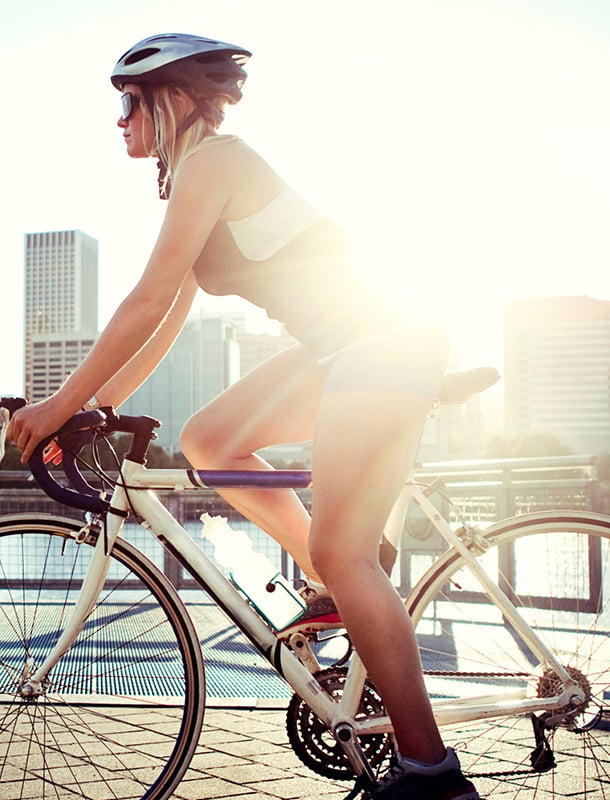
- Practice at your local bike shop. Being clipped in to pedals was my biggest fear next to falling. I had only clipped in at spin class and couldn’t imagine being on an open road or in traffic, and bound to a bike. Todd and I practiced during my bike fitting and I found clipping in and unclipping was much easier than it was on a spin bike. Plus, Todd was able to adjust my cleats so it fit properly.
- Get out and ride. Sure most of us used training wheels as kids, but eventually those came off and we became comfortable and confident without them. Todd encouraged me to “Ride as much as you can, as often as you can. No time in the saddle is wasted time. And prepare for the inevitable fall. Everyone falls. Everyone.” It’s true, I’ve fallen once — just embrace it and laugh it off.
- Join a group ride. Most bike shops host weekly or even daily rides for all levels and types of cyclists (road, mountain, cyclocross, etc.). In addition to being a great avenue for meeting like-minded folks in the community, this is where I learned road safety and cycling etiquette with a larger group to prep for the MS 150. Everyone was a beginner at some point, so most are willing to help and offer support if you need it. I was amazed by how much confidence I gained after my first shop ride. Keep in mind, safety always comes first and Todd reminds us that, “These rides are meant to be social, but not mindless.”
What type of gear do I need to buy?
- The essentials. Todd has four main items he encourages all new cyclists to purchase: helmet, hydration, safety and security.
- Helmet: “A helmet is not required by Texas law, but the laws of physics strongly suggest you always ride with one. A helmet is only good for one impact and should be replaced every two to three years, even if it has sustained no impact.” I cringe when I see anyone on a bike without a helmet.
- Hydration: As summer temps rise, proper hydration is a must. I purchased two water bottle cages and fill them both with cold water and an electrolyte powder for my longer rides.
- Safety: When spending time on the open road, you want to be as safe as possible to ensure you are visible to passing vehicles. “I never ride without an obnoxiously bright, flashing red light on the rear of my bike and also on the back of my helmet. I want to be certain that I am seen by passing motorists at all times.” Texas law only requires a white light mounted on the front of the bike for riding after dusk and before dawn, but you can never be too visible.
- Security: If you plan on leaving your bike unattended, you need a good lock to make sure your bike is secure. “No lock is thief-proof, but the goal is to make your bike more difficult to steal than the bike next to it. The bigger, badder, more cumbersome lock you can afford, the better. Such locks will cost $70-$120 and are definitely heavy and bulky. But, they are a lot less expensive than replacing your one month-old $3,500 bike.”
- The good-to-haves: I’d almost call these essentials as well since I wouldn’t head out for a bike ride without a flat repair kit, extra tubes or proper nutrition. Know how to change a tire or have the proper tools for someone else to change one. And, just as important as hydration is, nutrition is key to fuel your ride. You don’t want to bonk. I’ve done it, much to the chagrin of Todd, and it was awful.
- The nice-to-haves: While I can’t imagine riding without any of the following: cycling kit (padded shorts — a MUST + a non-clingy jersey), shoes, clipless pedals, cleats and athletic sunglasses — in the end, they simply make riding more comfortable. Purchase what it is your budget, keeping in mind Todd’s sage advice, “Buy cheap, buy twice.” I’ve learned to never skimp on comfort. Speaking of nice-to-haves: a bike rack and computer for your bike are two of my favorite buys that take care of transporting and tracking my progress. Eventually you’ll also need a floor pump to air up your tires, too.
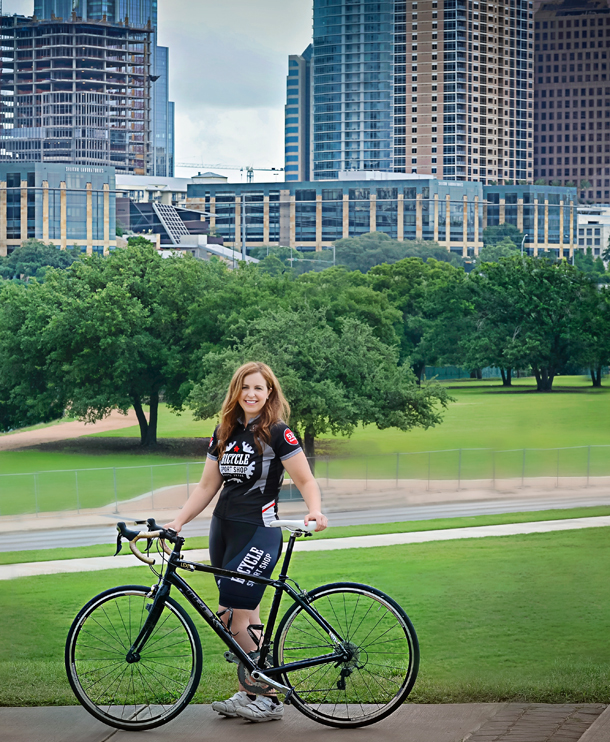
image sources, top to bottom: velovixen, lululemon, huffington post, jenny hartgrove photography
